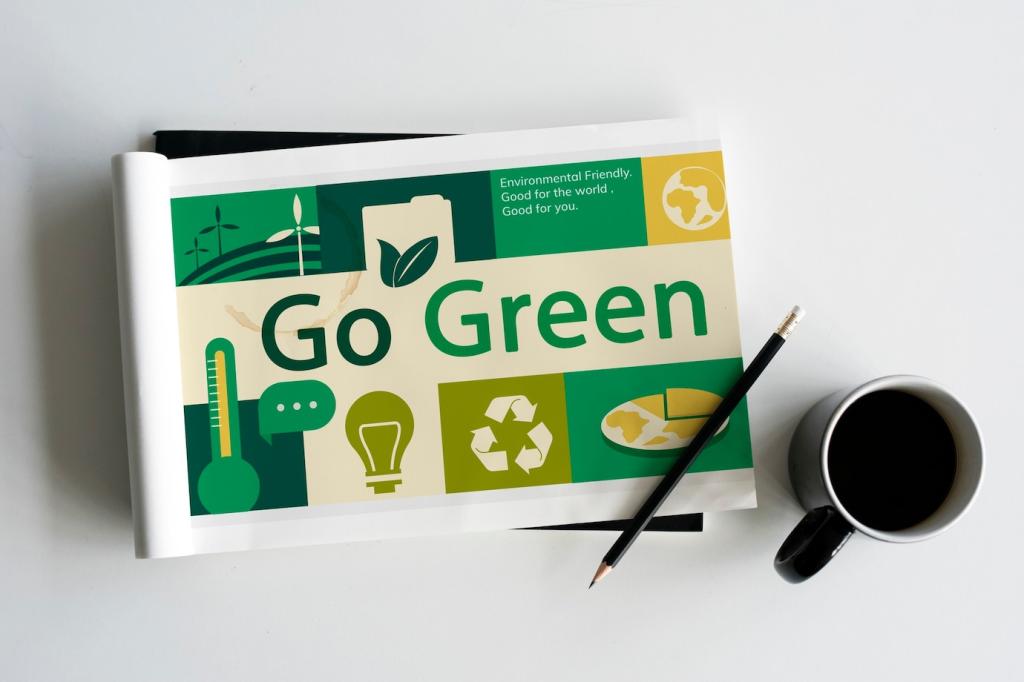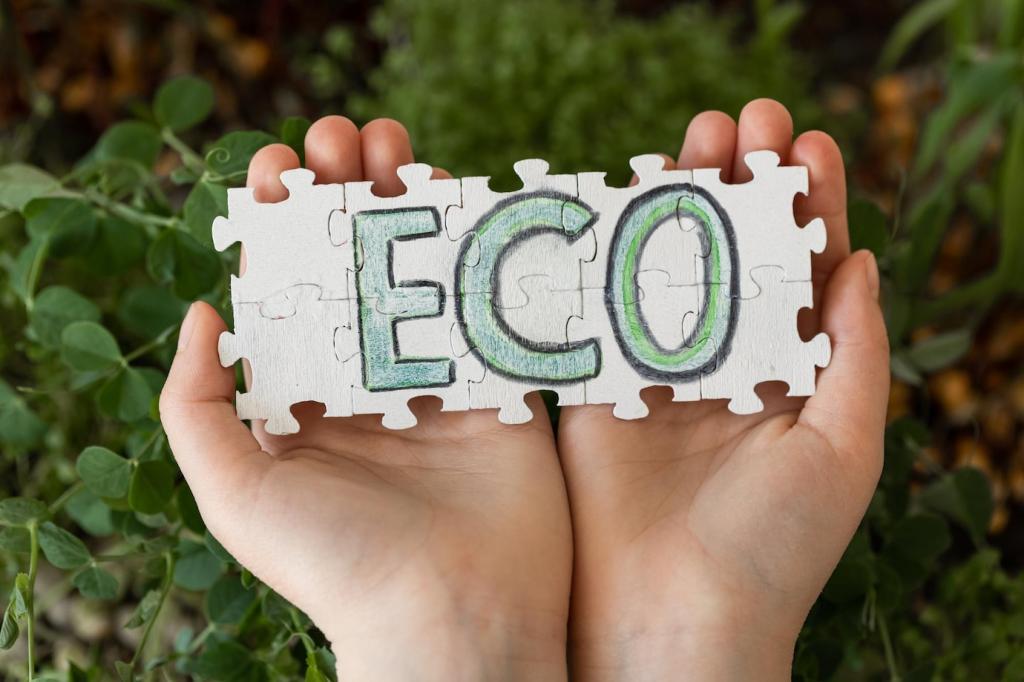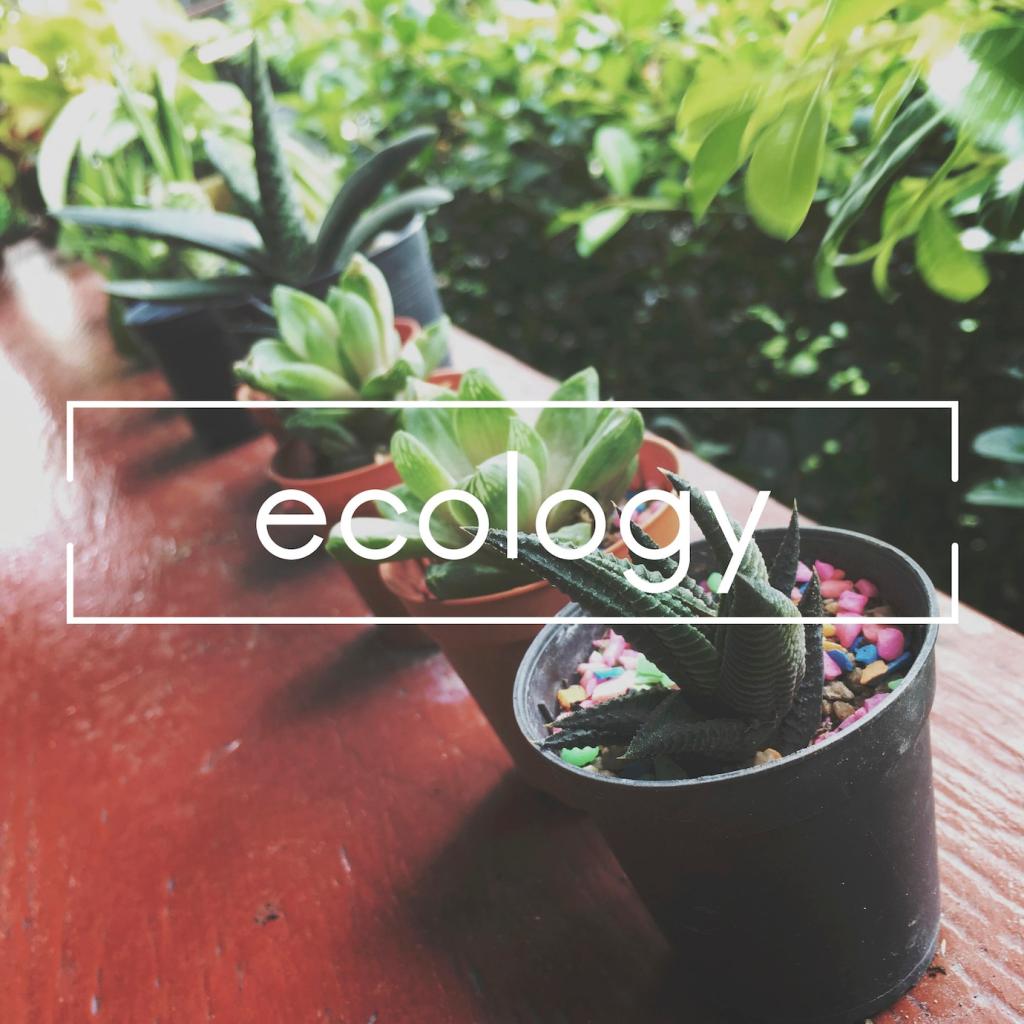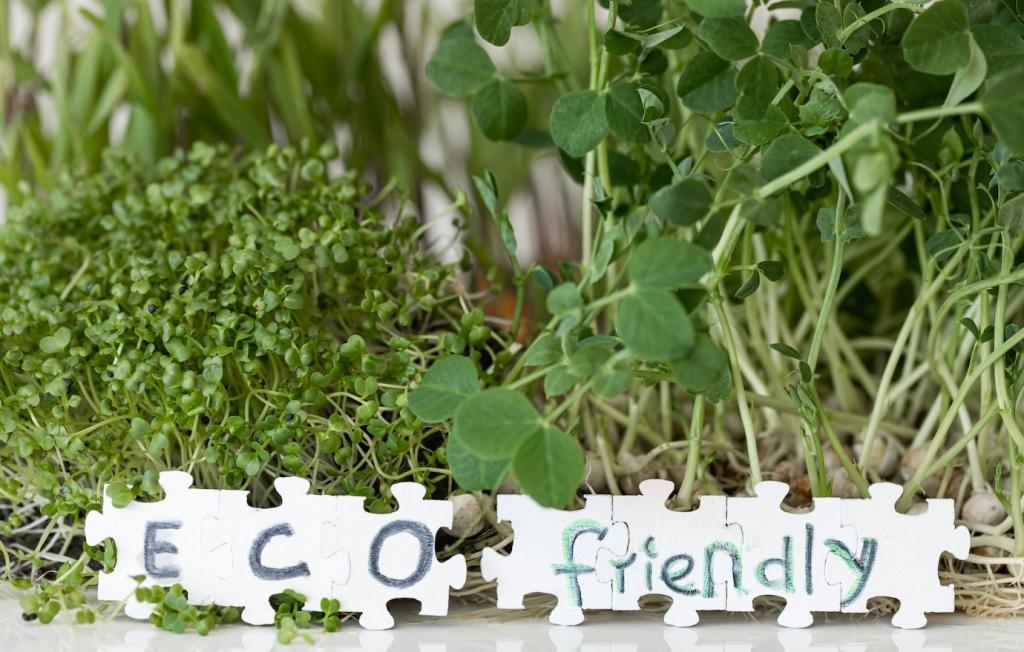Data Meets Narrative: Turning Green Metrics into Meaning
Instead of R-values alone, connect insulation to monthly savings and winter coziness. Map sun paths to show how a south-facing façade reduces heating loads while brightening mornings. Anchor claims with last year’s average utility costs and a simple, believable comparison.
Data Meets Narrative: Turning Green Metrics into Meaning
Move beyond a walk score by narrating the five-minute life: groceries in five, pharmacy in four, bus in three, river trail in two. Show buyers reclaimed time and lower transportation costs, turning convenience into durable daily joy and community connection.








